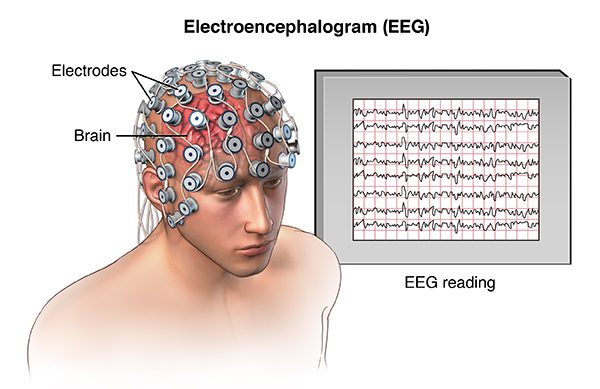Hi folks! My name is Dan and I am a student at the University of Massachusetts Amherst studying neuroscience and minoring in computer science. Back at school, I work in a songbird lab where I listen to neurons fire in zebra finches, and I’m on the ballroom dance team. Outside of working, sleeping, and eating, I’ve been rock climbing with the other Fellows and scouting out dance spots around town.

So at this point in 2018, I’m guessing a bunch of the people who will read this have at least heard about the focus of my project, mantis shrimps! Radiolab did a fabulous show about them and since then they’ve spread across the internet, so I was pretty darn excited when I found out I’d get to work with them this summer.
Mantis shrimp
Even though there are a million great resources on mantis shrimp, I’m going to take a shot at it here anyway. They’re prolific like ants and old like crocodiles; they comprise a few hundred species of related crustaceans can be found across the world’s temperate oceans, and they haven’t changed much for thousands of years. One species can be found along the Atlantic coast from Maine to Suriname! They range in size from less than an inch to more than a foot long, and several species are vibrantly rainbow colored. Despite their pleasant color, they are extremely aggressive and will attack just about anything. There are a ton of things about mantis shrimp that make them biologically unique and really important to study, but I’m going to talk about just one aspect of their behavior/physiology: their punch.

Most species of mantis shrimp are considered “spearers” or “smashers,” because they use an arm-like appendage called a maxilliped to either spear or smash their prey. I’m studying a smashing species called Odontodactylus scyllarus, or the peacock mantis shrimp. In addition to looking like a Christmas ornament, they pack a punch like no other animal, or even robot, on Earth. Their maxillipeds have an enlarged blunt “elbow” that they swing faster than a bullet (underwater no less! Try swinging a baseball bat underwater some time). The impact of their punch pushes all the water away from the point of impact, replacing it with gas the temperature of the surface of the sun, creating what’s called a cavitation bubble. The water then crashes back down around the bubble, creating an audible click, a flash of light, and an aftershock that hits the target like another punch. This is one reason scientists are curious about these guys: we can’t engineer something as hydrodynamic as their little rock’em sock’em maxillipeds. By the way, this kind of spring-loading is called power amplification.
How does the mantis shrimp still outpace modern engineering? I think I’ll get really into it in my next post, but the basic idea is that they store mechanical energy into a kind of biological spring on their armor, twitching muscles in the maxilliped. Each twitch pushes the spring further and further down until it releases a latch, and that elbow catapults out into a very unlucky crab, scientist’s finger, or aquarium glass (they have been known to crack and break).
Our bodies produce a lot of electricity to do everyday things. The brain uses electricity to propagate information from one neuron to another, and we use electroencephalography, or EEG, to see how electricity use changes when we perform cognitive tasks. Electromyography, or EMG, is a way of visualizing the electrical activity of muscles. What I want to do for my project is capture the mantis shrimp EMG (“electro” = electricity, “myo” = muscle, “graphy” = visualization) that reflects the buildup of mechanical energy before its strike, and then take a slow-motion of the strike. Maybe I’ll be able to see some cavitation! The EMG trace for mantis shrimp strikes is quite well studied. A fantastic paper on strike EMGs from 2015 (see below) shows a distinctive pattern of activation in the muscles. I’ll be looking for a similar kind of trace when I do my work.
Before I can get started on that, I have to practice getting EMGs from other organisms that use power amplifications — specifically, crickets and grasshoppers. And cockroaches for the extra ew-factor. That’s what I have been doing for the past week: cobbling together a surgery rig, anesthetizing insects in ice, and implanting EMG probes. And it’s worked!
Further information on the mantis shrimp:




